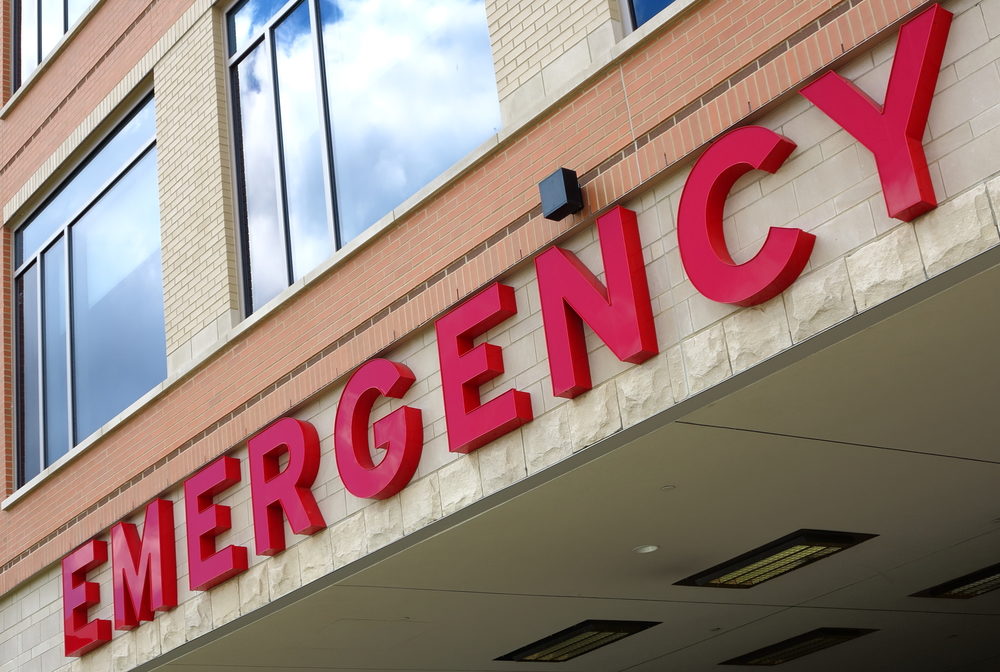Patients Labeled “Non-Urgent” By Emergency Rooms May Still Need Hospitalization: Study

New research suggests that many patients labeled as “non-urgent” in the emergency room actually still receive diagnostic testing and end up hospitalized due to their injuries.
In a study published by the medical journal JAMA Internal Medicine on April 18, researchers from the University of California found that four out of every 100 patients labeled non-urgent in triage were later admitted to the hospital.
In addition, many patients who arrive at emergency rooms (ERs) and are given a non-urgent status still end up undergoing diagnostic scans, imaging and other testing.

Did You Know?
Millions of Philips CPAP Machines Recalled
Philips DreamStation, CPAP and BiPAP machines sold in recent years may pose a risk of cancer, lung damage and other injuries.
Learn MoreSome states have policies in place that charge a copayment for patients with Medicaid insurance who go to the ER for non-urgent visits, a policy that may keep many people from seeking needed care.
Researchers analyzed data from the National Hospital Ambulatory Medical Care Survey, a survey that focused on patient visits to the ER. They focused on more than 60,000 patients ages 18 to 64 from 2009 to 2011, representing over 240 million ER visits.
The study found that half of non-urgent visits involved diagnostic scans, imaging or blood tests, to help diagnose the problem; while one-third of visits involved procedures like splinting or giving intravenous fluids.
For urgent visits, three-quarters involved diagnostics and more than half involved other procedures.
The study also concluded that six out of 10 of the most common diagnoses were the same between urgent and non-urgent patients. Those included, backache, acute upper respiratory infections, soft-tissue inflammation, and acute sore throat.
Some of the procedures and testing may not have needed to occur in an ER setting, but since patients went to the ER, that is where they were treated.
Health experts say triage was never intended to completely rule out severe illness, only to offer patients an estimate of how long they may have to wait to see a doctor and prioritize the patients who most urgently need to be seen. The triage system was not designed to be perfect, they warn.
Get more articles like this sent directly to your inbox.
"*" indicates required fields





0 Comments